Why Traditional Woodworking Still Matters in a Modern World
Discover why traditional woodworking is still relevant today. Learn how hand tools, craftsmanship, and timeless techniques shape quality wood projects with care and precision.
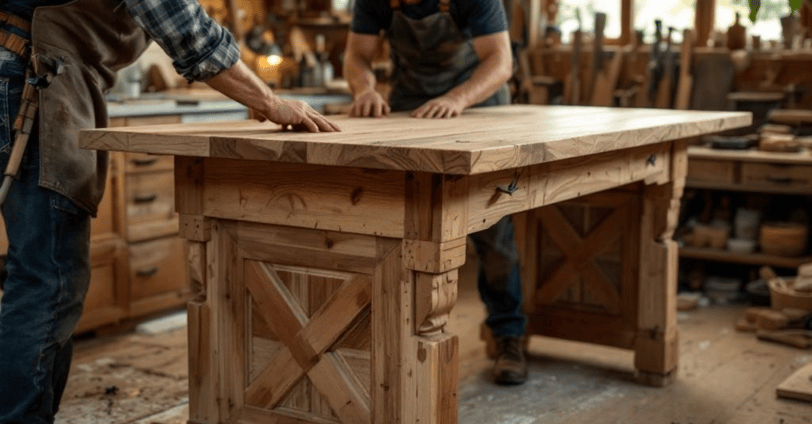

There’s something deeply satisfying about working with your hands—especially when it comes to wood. Traditional woodworking, in my opinion, isn't just a skill or a hobby—it’s a quiet rebellion against the fast-paced, mass-produced world we live in. There’s a rhythm to it, a patience, and a respect for the material that modern methods often forget. Whether you're restoring an old dresser or carving a new heirloom from scratch, the process feels almost meditative.
Traditional woodworking isn’t about rushing—it’s about doing it right. Using hand tools like chisels, hand planes, and dovetail saws connects you to the craft in a way power tools simply can’t. That connection is what keeps this timeless art alive, even in an age of CNC machines and laser cutters.
What Is Traditional Woodworking?
At its core, traditional woodworking refers to the use of classic hand tools and time-tested techniques to craft furniture, cabinetry, and other wood items. It’s about craftsmanship over convenience.
Instead of plugging in machines, you're sharpening your own tools, measuring twice (maybe three times), and cutting once. Projects are often joined by dovetails, mortise and tenon, or wooden pegs rather than metal screws or nails. While it may take longer, the results often have a warmth and integrity that mass-produced pieces can’t replicate.
This approach has been passed down for generations—and for good reason. It works.
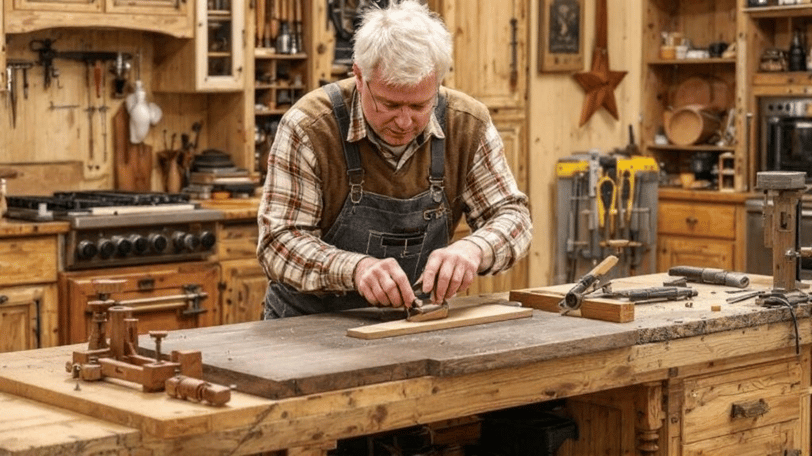

Why People Still Choose Traditional Woodworking
1. Deeper Craftsmanship
There’s a big difference between assembling something and building it with your own two hands. Traditional woodworking teaches patience, precision, and a deeper understanding of how wood behaves. You learn to read the grain, anticipate movement, and adjust your technique accordingly. The satisfaction of shaping each part yourself? Nothing compares.
2. Sustainable Practices
Many who turn to this method care about sustainability. When you use hand tools and source your wood locally—often from reclaimed or salvaged pieces—you’re reducing your environmental footprint. There’s less waste, less electricity, and far more intention.
3. Stronger Joinery
The joinery methods used in traditional woodworking aren’t just old—they’re strong. Hand-cut dovetail joints, for example, have held firm for generations. There’s a reason antique furniture made this way is still standing tall.


Tools That Make the Difference
Let’s talk tools—because in traditional woodworking, they matter a lot. Some people assume you need a full-blown workshop, but that’s not the case. A few reliable hand tools can go a long way:
Hand plane – For smoothing surfaces and fitting joints.
Back saw or dovetail saw – Ideal for precision cuts.
Chisels – Versatile for carving, chopping, and cleanup work.
Marking gauge and square – Essential for accuracy.
Wooden mallet – Gentler than a hammer, better for joinery work.
Getting to know these tools—learning how to sharpen, maintain, and handle them—becomes part of the joy.
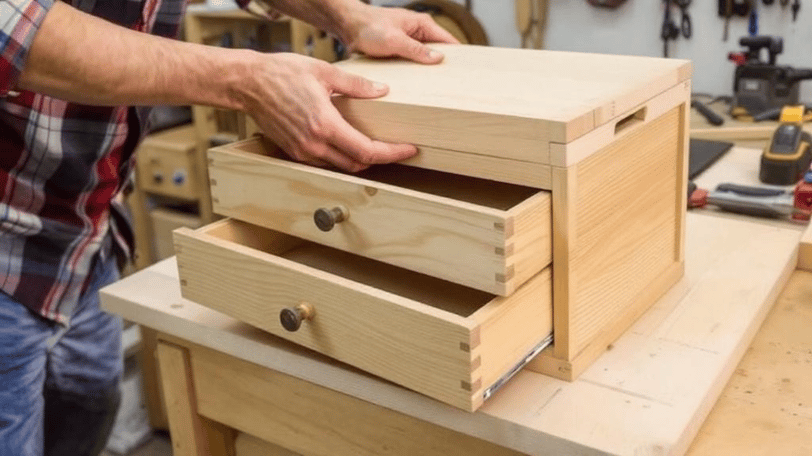

How to Get Started with Traditional Woodworking
Getting into traditional woodworking doesn’t have to feel overwhelming. In fact, it’s a great way to start woodworking in general because you’re learning from the ground up. It helps you focus on the fundamentals instead of relying on machines to do the thinking for you.
Some beginner-friendly projects include:
A simple bookshelf using mortise and tenon joinery
A hand-carved wooden spoon
A dovetail drawer box for storing keepsakes or tools
People often search for how to get into woodworking without power tools or easy traditional woodworking projects, so there’s definitely interest in slowing things down and learning the craft the old-fashioned way.
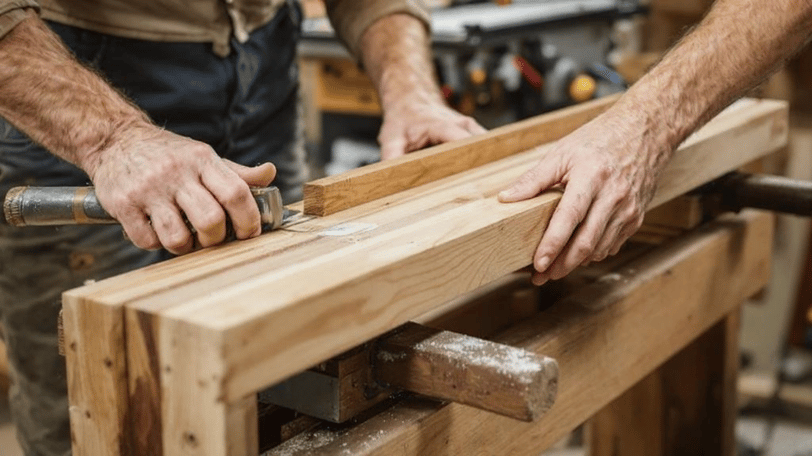

The Joy of the Process
One of the best things about traditional woodworking is that it forces you to be present. Every wood shaving that curls up from your hand plane, every hour spent fine-tuning a joint—it’s all part of the story.
No blaring machines. Just the quiet rhythm of work and the scent of freshly shaved pine or oak. The process is peaceful, almost meditative. After a stressful day, spending time with wood and tools can feel surprisingly therapeutic.
Blending Old and New
Now, it’s totally fine to mix traditional techniques with a few modern conveniences. Some folks rough-cut boards on a table saw but switch to hand tools for joinery and finishing. It’s not about being a purist—it’s about respecting the material and enjoying the process.
Traditional woodworking is less about rules and more about values: precision, patience, and pride in your work.
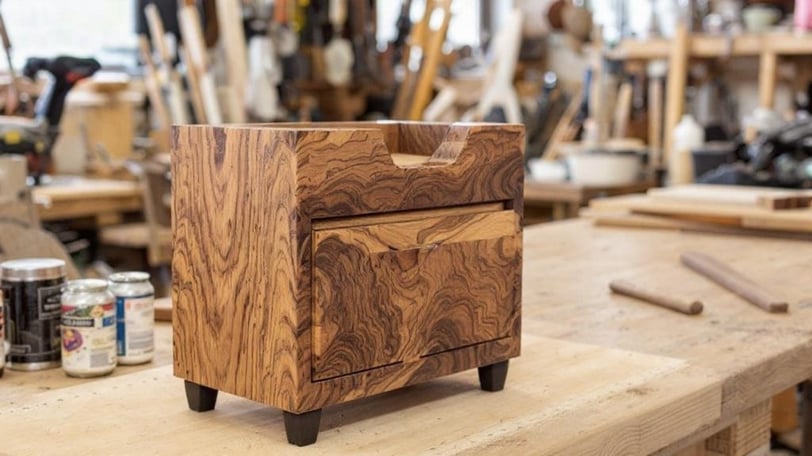

Why Traditional Woodworking Keeps Me Grounded
After trying different approaches over the years, there's just something about traditional woodworking that keeps drawing me back. It feels honest. You see the tool marks, the slight imperfections, the character of each piece. That kind of authenticity is hard to find in a world filled with mass-produced goods.
There’s real pride in creating something by hand, knowing it’s built to last—and knowing the process itself made you slow down, focus, and connect with the craft.
Final Thoughts
If you’re curious about woodworking and want to start in a way that feels meaningful, traditional woodworking is a great place to begin. It teaches you to slow down, pay attention, and build with care. You don’t need a fancy workshop or expensive gear—just a few good tools and a willingness to learn.
In my opinion, this kind of woodworking is more than just a skill—it’s a way to connect with history, nature, and yourself. Give it a try. You might be surprised by how deeply it speaks to you.
